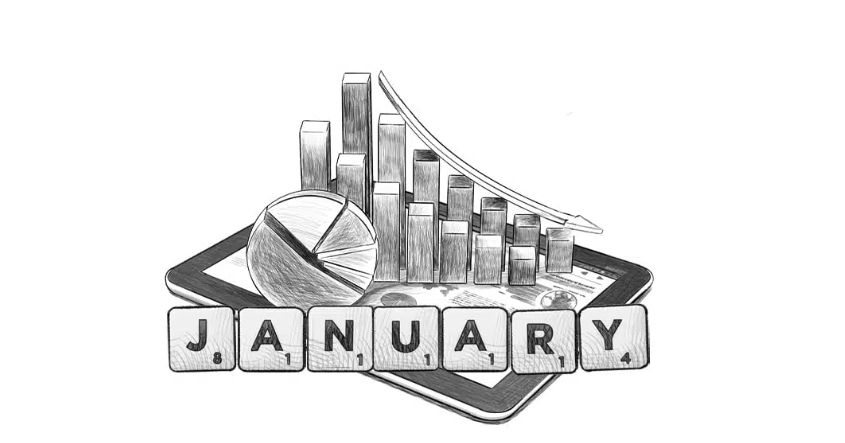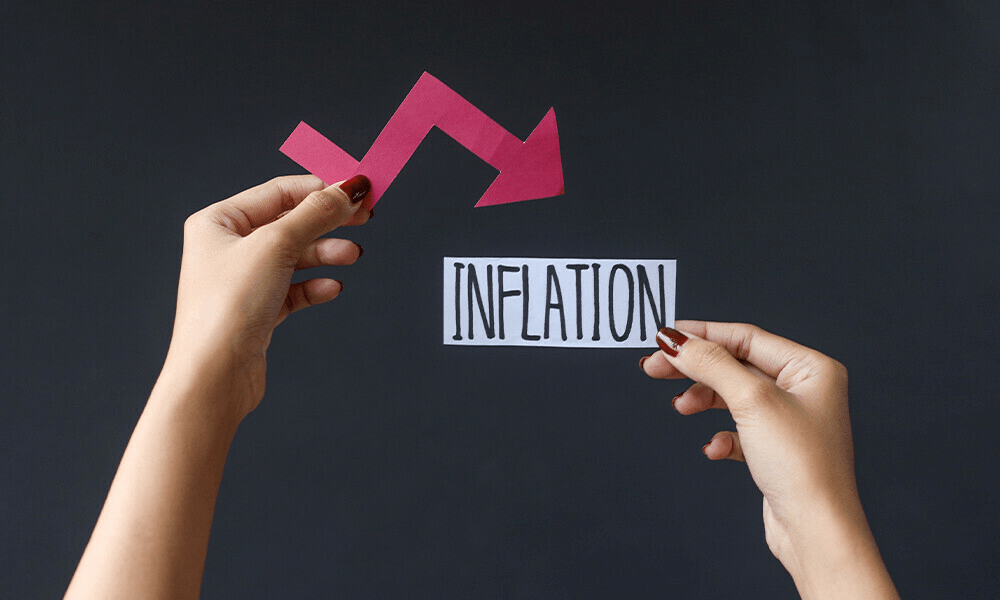Now that we’re about to wind up yet another volatile January, this seems the right time to analyse if the market has mythologised the so-called January Effect for far too long without good reason.
Or has it?
The January Effect is a market phenomenon observed in stock markets, where stock prices, particularly those of smaller-cap companies, tend to rise more than usual in January.
It is attributed to a host of behavioural as well as financial factors, like new-year portfolio rebalancing, tax-loss harvesting, year-end bonuses, etc. And while it has historical roots as well as occasional relevance, its significance has diminished over the years due to shifting market dynamics.
Statistical relevance
The proof of the pudding lies in the eating, and markets cares less about fancy rhetoric than solid statistical facts.
So, below is a statistical analysis of the January Effect’s historical frequency and success rates in selected major international stock markets as well as Pakistan's KSE-100 index.
1. US Markets
- S&P 500:
- From 1928 to 2022, the S&P 500 has risen in January approximately 59% of the time.
- The average return in January (positive years) was 3.8%, while in negative years, the average loss was -2.6%.
- Success rate has declined post-1990s due to market efficiency and changing dynamics.
- Russell 2000 (Small-Cap Index):
- The January Effect is more pronounced in small-cap stocks, with January showing a higher average return (~2.5%) compared to other months.
- From 1980 to 2022, the Russell 2000 showed January gains approximately 65% of the time.
2. European Markets
- FTSE 100 (UK):
- Studies indicate a January Effect in about 55%-60% of years from 1970 to 2022, though its significance has waned.
- DAX (Germany) and CAC 40 (France):
- Similar trends with modest January outperformance in the 1970s and 1980s, tapering in recent decades.
3. Asian Markets
- Nikkei 225 (Japan):
- The January Effect was evident in about 57% of years from 1970 to 2022, with stronger effects in the pre-1990 period.
- Hang Seng (Hong Kong):
- January gains occurred about 60% of the time historically, with notable small-cap outperformance.
*Sources: Bloomberg, Reuters
Relevance in the Pakistani market’s context
Even as the January Effect has weakened in major markets, it has shown a very strong trend in the KSE100 Index, especially since 2015 – rising in 8 out of 10 years in January till 2024.
| KSE 100:cuommulative and percentage change in January (2015-2024) | |||||
| Year | Change | % change | |||
| 2015 | 2312.59 | 7.2 | |||
| 2016 | -1517.71 | -4.62 | |||
| 2017 | 1009.69 | 2.11 | |||
| 2018 | 3535.34 | 8.74 | |||
| 2019 | 3732.85 | 10.7 | |||
| 2020 | 895.86 | 2.2 | |||
| 2021 | 2666.73 | 6.09 | |||
| 2022 | 778.61 | 1.75 | |||
| 2023 | 252.61 | 0.62 | |||
| 2024 | -557.98 | -0.71 | |||
| *Source: tradingview.com | |||||
So far, at the time of writing – market close on 17 January 2025 – the KSE100 Index is in the green, up 145.18 points (+0.13%).
.png)
We will, of course, keep a close eye on whether the January Effect, so strong in the KSE100 Index, maintains its trend in 2025.
Disclaimer: This content is for educational and informational purposes only. It should not be considered financial or investment advice. Always do your own research or consult with a licensed financial professional before making any investment decisions.





